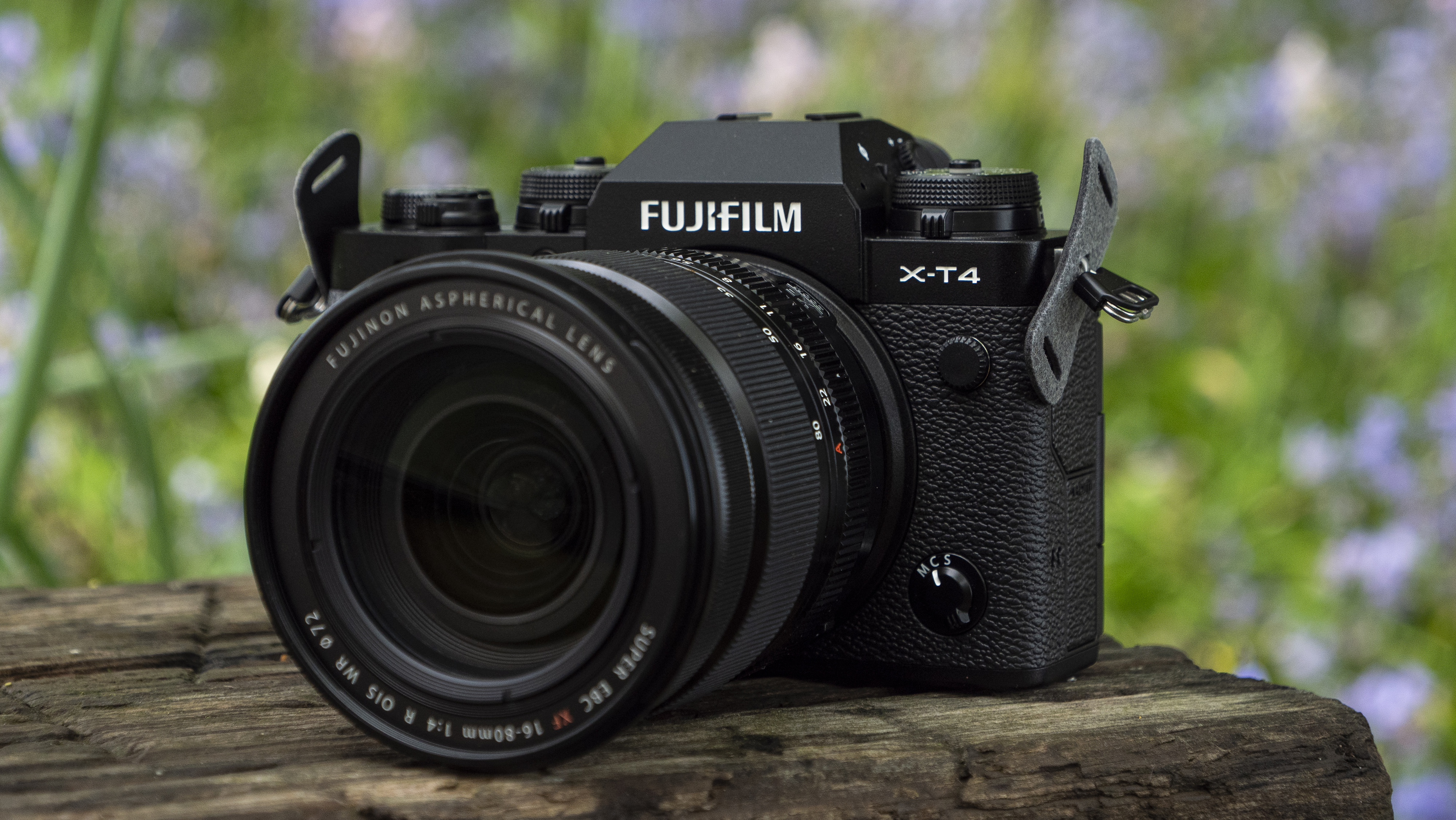The Fujifilm X-T4 is now the best APS-C camera you can buy – here's why
A superb all-rounder that's as talented as it is desirable

Our favorite cameras are increasingly hybrid all-rounders that are just as comfortable shooting video as they are stills – and the finest example of that is the Fujifilm X-T4, which our review has just crowned "the best APS-C mirrorless camera you can buy".
Why does the X-T4 inch ahead of excellent rivals like the Nikon Z50 and Sony A6600? It comes down to an excellent blend of design, user-friendliness, new features and outright image quality. As our review states, "the bottom line is that no other camera in this class matches the X-T4 (and X-T3’s) low light performance or resolved detail".
We were already big fans of the Fujifilm X-T3, which remains on sale is worth considering if you're predominantly a stills shooter. But the X-T4 crucially adds features like in-body image stabilization, a new battery, and a new shutter mechanism.
Together, these make it "the most capable hybrid APS-C camera around, bar none", according to our review. The highlights for us included the X-T4's improved Face and Eye Detection, some stellar video performance thanks to its ability to shoot Cinema 4K / 60p video at 10-bit 4:2:0 internally, and that excellent image quality.
Of course, the X-T4's retro styling and build quality also add to its appeal. While we would have preferred a slightly bigger handgrip, the design is otherwise pretty flawless with build quality in particular singled out for being "second to none". As our review added, if you're a fan of tactile dials and classic design, then there is "definitely an emotional connection for camera fans".

The new APS-C champ
Of course, no camera is perfect, and the Fujifilm X-T4 isn't class-leading in every area. While the new in-body image stabilization (IBIS) system is a game-changer for those who prefer prime lenses that aren't optically stabilized (like the XF35mm f/1.4), it isn't the absolute best IBIS system we've used.
Our tests with both the 16-80mm f/4 WR lens and XF35mm f/1.4 found that the level of stabilization was closer to 4EV (or four stops), which is a couple of stops lower than the X-T4's headline claim. Still, while it's still a little short of the stabilization provided by the Olympus OM-D E-M1 Mark III (which has a smaller Four Thirds sensor), it is a boon over the more affordable Nikon Z50, which lacks IBIS.
Sign up for breaking news, reviews, opinion, top tech deals, and more.
The only other small complaints are the lack of a dedicated headphone jack (though you can adapt its USB-C port to provide this) and the new fully articulating touchscreen. The latter may push stills-focused photographers towards the Fujifilm X-T3, as its tilting design is a bit more suitable for shooting from the hip. But if you're going to fully embrace the X-T4's video powers, then the new side-hinged screen is likely an improvement.
It's really these all-rounder powers that make the X-T4 the finest APS-C mirrorless camera, and best APS-C camera full stop, so far. While there are full-frame options at the X-T4's body-only price of $1,699 / £1,549 / AU$2,999, including the Nikon Z6 and Canon EOS RP, neither of these cameras quite offer the same hybrid versatility or retro charm as the X-T4.
As our review concluded, "the Fujifilm X-T4 is one heck of a camera that possesses wonderful charm and immense power under the hood. Now, more than ever, we have a true photography-video hybrid from Fujifilm".
- These are the best cameras you can buy right now

Mark is TechRadar's Senior news editor. Having worked in tech journalism for a ludicrous 17 years, Mark is now attempting to break the world record for the number of camera bags hoarded by one person. He was previously Cameras Editor at both TechRadar and Trusted Reviews, Acting editor on Stuff.tv, as well as Features editor and Reviews editor on Stuff magazine. As a freelancer, he's contributed to titles including The Sunday Times, FourFourTwo and Arena. And in a former life, he also won The Daily Telegraph's Young Sportswriter of the Year. But that was before he discovered the strange joys of getting up at 4am for a photo shoot in London's Square Mile.